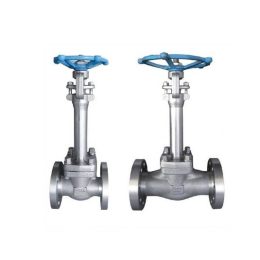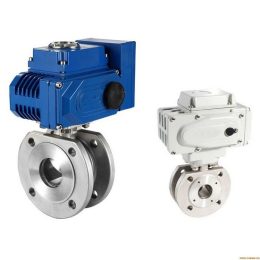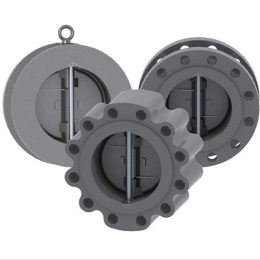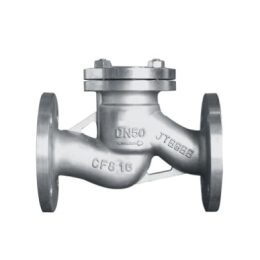Valve Body And Bonnet Leakage
Valve Body And Bonnet Leakage
Valve body and bonnet leakage can cause a range of problems, from decreased system performance to fluid loss and even safety hazards. To prevent these issues, it is important to understand the reasons behind valve body and bonnet leakage, and to implement the proper maintenance methods to prevent it.
Reasons for Valve Body and Bonnet Leakage
- Poor Casting Quality: The casting quality of iron castings is not always high, and there may be defects such as blisters, loose structures, and slag inclusions on the valve body and valve cover body. These defects can cause leaks and reduce the efficiency of the valve.
- Day Freeze Cracking: In cold climates, water inside the valve may freeze and expand, causing cracks to form. This can lead to leaks in the valve body and bonnet. Additionally, sudden changes in temperature can cause thermal expansion and contraction, leading to leaks.
- Poor Welding: There are defects such as slag inclusion, unwelding, stress cracks, etc. that can occur during welding. These defects can cause leaks and reduce the efficiency of the valve.
- Damage: Cast iron valves are susceptible to damage if they are hit by heavy objects. This can cause cracks to form and lead to leaks. Additionally, prolonged exposure to harsh chemicals and corrosive substances can cause damage and lead to leaks.
Preventative Maintenance Methods
- Improve Casting Quality: Improving the casting quality by reducing defects can prevent valve body and bonnet leakage. Conducting strength tests in strict accordance with regulations before installation can also help to prevent leaks.
- Heat Preservation or Mixing: For valves whose air temperature is below 0* and 0°, heat preservation or mixing should be carried out to prevent freeze cracking. Valves that are out of use should also be drained of accumulated water to prevent freezing. Additionally, insulation can be added to valves to prevent thermal expansion and contraction.
- Proper Welding: The welding seam of the valve body and the bonnet composed of welding should be carried out according to the relevant welding operation regulations. Flaw detection and strength tests should be carried out after welding to ensure the integrity of the valve. Additionally, using high-quality welding materials and equipment can improve the quality of the weld and prevent leaks.
- Avoid Damage: It is important to avoid pushing or placing heavy objects on the valve. Cast iron and non-metallic valves should never be hit with a hand hammer. Large-diameter valves should be installed with brackets to prevent damage. Additionally, proper storage and handling of valves can prevent damage from harsh chemicals and corrosive substances.
Conclusion
Valve body and bonnet leakage can cause significant problems to system performance and safety. Understanding the reasons behind valve body and bonnet leakage and implementing the proper maintenance methods can help to prevent leaks and ensure the safe and reliable operation of valves. By following these maintenance methods, valve body and bonnet leakage can be prevented, ensuring the safe and efficient operation of valves for extended periods of time. Proper maintenance is key to avoiding costly repairs and ensuring the longevity of valve systems.



